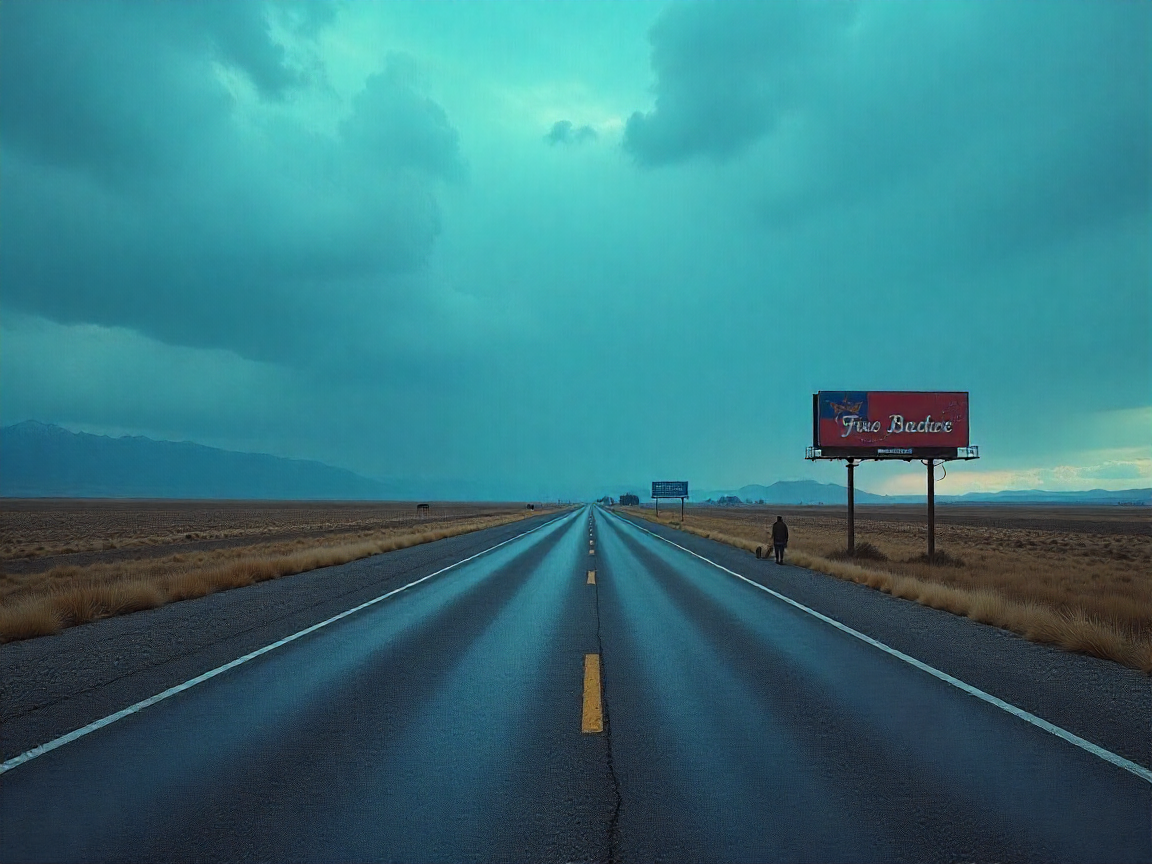Canadian travelers’ reluctance to visit the United States has become evident, with significant repercussions particularly in states like Montana. The ongoing travel boycott initiated by Canadians, fueled by various concerns, showcases how swiftly travel dynamics can change, which in turn affects local taxi and transfer services.
The Aftermath of Canada’s Travel Boycott
The impact of Canada’s travel boycott is not new, but the reality of this boycott is resonating most clearly in areas that once thrived on Canadian tourism. Montana, traditionally a favored destination for Canadian travelers, has reported a staggering $20 billion potential loss in tourism revenue, accentuated by the effects of a weakened Canadian dollar, which is swaying visitors to reconsider their plans.
The difficulty in U.S.-Canada relations has created an elephant in the room, marking a sentiment shift among Canadians towards the U.S. Poor perceptions fostered by political remarks and fears surrounding border procedures have culminated in more individuals from Canada opting to stay home or discover alternative locations. This shift is not only felt by Montana; survey data indicates that high-spending European tourists are also pivoting away from the U.S. in favor of Canadian provinces like Ontario.
Diverse Responses from U.S. States
Not all U.S. states are responding similarly to this travel boycott. In light of declining visitation from Canadian tourists, some states have taken extreme measures to maintain their attraction, going so far as to beg for Canadians’ return. Conversely, certain areas, notably parts of Montana, have chosen a rather quiet respect for Canadians’ current preferences and are halting their efforts to reclaim the Canadian market for the time being.
Montana Struggles with Declining Canadian Visitors
Statistics show that the number of Canadian tourists crossing into Montana has seen a notable decline. In just one recent month, June 2025, Canadian visitors decreased by 33%, following a 38% drop the month before. This trend has been echoed across major border crossings, which are now experiencing fewer visitors and, correspondingly, diminished economic activity.
Statistics on Border Crossings
| Montana-Canada Border Crossing Port | % Reduction In Crossings Between 2024 & 2025 |
|---|---|
| Roosville Port | 29.27% |
| Sweetgrass Port | 28% |
| Del Bonita Port | 24.76% |
| Piegan Port | 11.69% |
These statistics don’t lie; fewer Canadian travelers mean less spending in Montana’s local businesses, which are already struggling to cope with declining tourism revenue. The significant drop in Canadian tourist spending is alarmingly affecting some businesses, particularly in tourist-centric towns like Whitefish and Kalispell.
Diving Deeper into Spending Habits
April 2025 marked a particularly grim month for Canadian credit card spending in Montana, witnessing a drop of 44%, marking a recovery only from a previous crippling 56% decline. This downturn has led to considerable cancellations of both hotel reservations and youth sporting events, with reports showing some establishments losing out on tens of thousands of dollars due to significant cancellations.
Daily Spending Statistics in Tourist Towns
- Kalispell: 37% average drop between January and April
- Whitefish: 25% drop reported by May
With these decreases, the traditional reliance on Canadian tourists who frequently pump money into the local economy is rapidly fading. As the summer approaches, local businesses continue to brace for the subsequent financial strain.
New Strategies for Marketing in Montana
The situation has prompted tourism officials in Montana to rethink their approaches. Recent discussions have revealed how strained relations and perceived negativity among U.S. tourists have led the state to pause any promotional efforts aimed at re-engaging Canadian tourists. According to industry representatives, strong signals of goodwill from government levels on both sides are crucial before any marketing campaigns can resume.
Domestic Tourism: A Silver Lining?
Despite the challenges posed by dwindling Canadian tourism, domestic visitors have begun to fill the void. Interestingly, there is a recent uptick in American tourism, especially in regions like Northwest Montana. Locals in the tourism industry hope domestic visitors will adequately mitigate the economic impact left by Canadian guests.
Signs of Resilience in Domestic Tourism
- 74% of Montana visitors arrive by car
- 11% arrive via RV or trailer
- 14% arrive by air, with Glacier Park International Airport reaching record numbers
Interestingly, Glacier National Park remains a top attraction drawing in an overwhelming number of visitors, with 44% coming from the domestic travel segment. As the numbers show, American travelers are beginning to show increasing support for local tourism.
To summarize, as the ramifications of Canada’s travel boycott trickle down to local economies, it offers valuable lessons on adaptability in the tourism sector. LocalsRide can be a reliable partner in addressing these shifts, offering personalized transfer solutions that remain responsive to the evolving travel landscape. Travelers can book tailored services that meet their specific needs—ensuring they get quality experiences at precise fares and with transparent options.
What remains vital is personal experience; even the best reviews can’t rival your own adventures. With LocalsRide, you can hire a car with a driver from verified providers at reasonable prices, ensuring informed decisions without breaking the bank. Benefit from the convenience, affordability, and expansive choices of vehicles available on LocalsRide.com. Start planning your next adventure and secure your worldwide transfer with LocalsRide.

